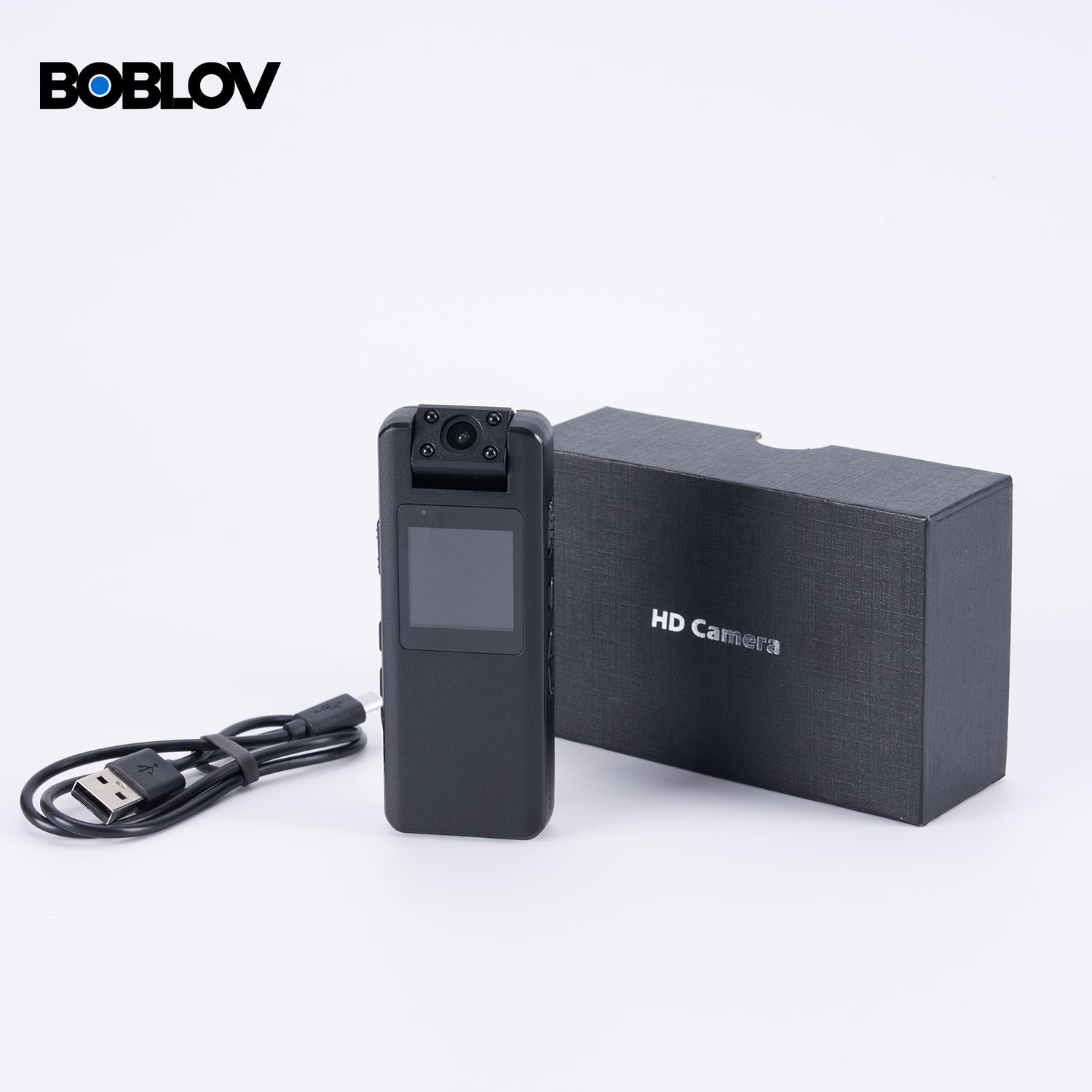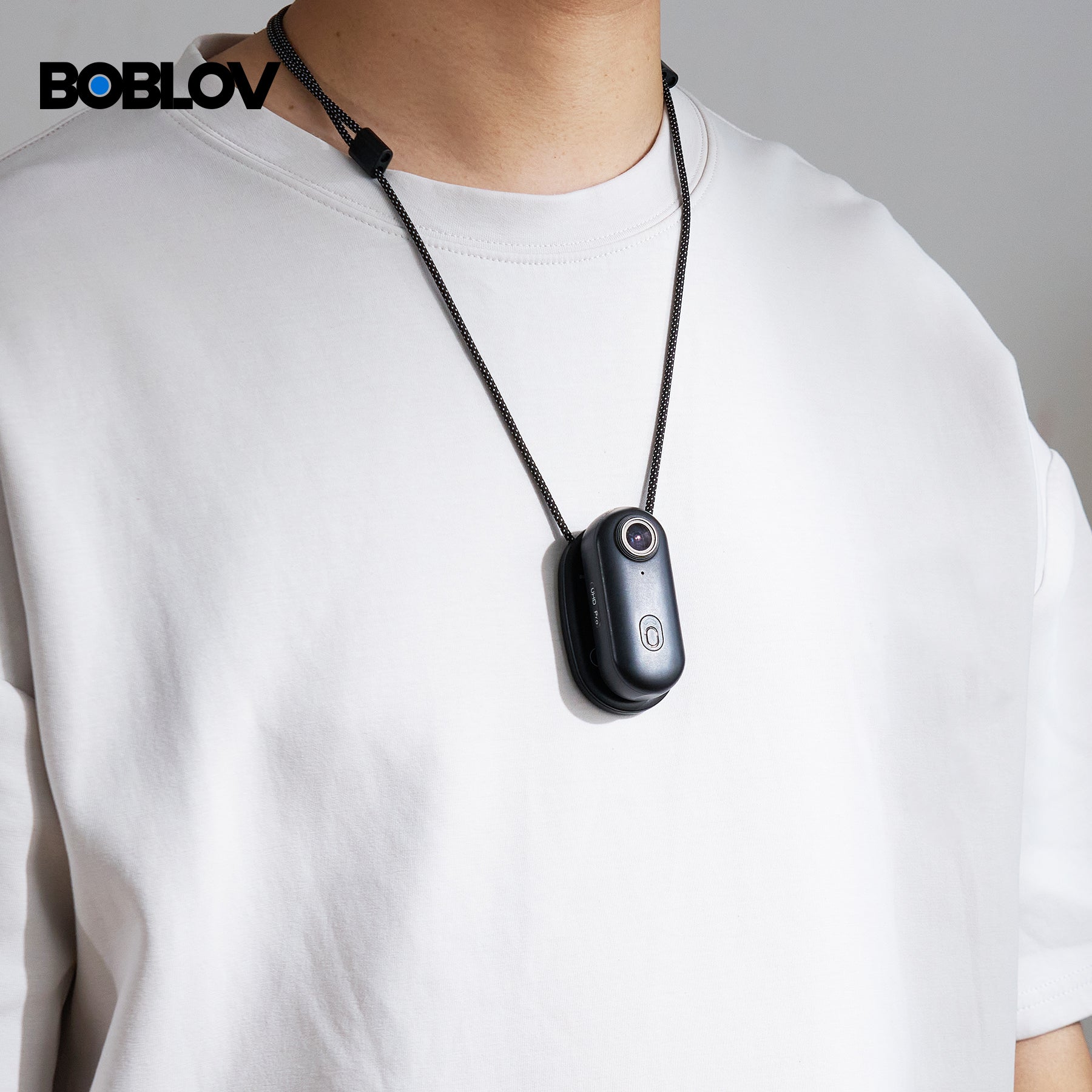Understanding the Evolution of Bodycams in the U.S. Market
The Origins of Video Technology and Its Impact on Bodycams
The story of bodycams starts with video tech. Early video cameras were big and costly. They were hard to move around. By the 90s, things changed. Smaller, cheaper cameras came out. Soon, police began using them. Now, bodycams are key tools in law and order. They record facts, cut complaints and boost trust. The growth of bodycams came as tech got better and needs for safety grew. These tools now play a big role in justice and truth.

Technological Advancements in Bodycam Technology Over the Years
Over the years, bodycam technology has seen significant developments. These advancements include improved video resolution, enhanced battery life, and the addition of features such as night vision and GPS tracking. Manufacturers have also focused on making the devices more durable and user-friendly, ensuring they can withstand the rigorous demands of law enforcement work. Additionally, the integration of artificial intelligence has begun, aiding in tasks like facial recognition and behavioral analysis. These technological strides have greatly augmented the effectiveness and reliability of bodycams in various applications.
Consumer Trends Driving the Bodycam Industry in the U.S.
The growing demand for bodycams in the U.S. is fueled by several crucial consumer trends. Firstly, the heightened public awareness of policing actions and judicial transparency has significantly influenced demand. Citizens are increasingly keen on accountability, leading them to support the use of bodycams by law enforcement. Secondly, advancements in technology have made these devices more accessible and cost-effective, allowing more departments and individuals to adopt them. Additionally, the rise in personal security concerns has driven civilians to purchase bodycams for self-documentation in contentious situations. Altogether, these trends indicate a robust trajectory for the bodycam market as both a tool for transparency and personal security.
The Role of Bodycams in Modern Law Enforcement and Security
Enhancing Public Safety with Bodycams: A Game Changer
Bodycams have transformed policing in the U.S. They make encounters with officers more transparent. This has improved trust within communities. Video evidence from bodycams can help in court cases. It makes it clear what happened during an incident. Used well, bodycams can protect both the public and officers. They can lower the use of force in tense situations. As tools, bodycams have thus become crucial for modern law enforcement.
Regulatory Implications and Best Practices for Law Enforcement
The use of bodycams in law enforcement is guided by crucial regulations. These rules ensure privacy and define when to record. They also set how long to keep videos and when to share them. Cops are trained on these best practices. They learn how to use bodycams in a way that respects rights. This helps to build trust with the public. Bodycams have also set new standards for evidence in courts. This shift helps to protect both officers and citizens.
The Intersection of Bodycams and Surveillance Technology in Crime Prevention
Bodycams have become key in U.S. law enforcement. They team up with other tech to prevent crime. Cops use them to record evidence and deter bad acts. They help in spotting and solving cases. With tech advances, bodycams are now smarter. They can flag unusual actions quickly. That helps cops act fast to stop crimes. This union of bodycams with high-tech gear boosts public safety. It's a big step in the fight against crime.
The Future Outlook of the Bodycam Market in the U.S.
Innovations Shaping the Next Generation of Bodycams
The next wave of bodycams is set to be groundbreaking. They will pack new features for toughness and data management. A key update is better video quality, even in low light. Also, expect longer battery lives and stronger body designs. These cams will withstand tough conditions. Upgraded software will offer smarter data handling and advanced tagging. This means officers can sort and find clips faster. Plus, added biometrics may help with ID checks in the field. With these enhancements, bodycams will serve better in various settings.
Market Predictions: Growth and Consumer Demand
The U.S. bodycam market is poised for sustained growth. Factors fueling expansion include increased public safety demands and technological innovation. Law enforcement embrace of bodycams continues to rise. This trend is fueled by public calls for transparency and accountability. Consumers are seeking reliable, high-quality bodycams for personal security. This has led to more options, including the best buy video cameras, and mini camera models by companies like Boblov. Overall, consumer demand is robust, with rising adoption beyond law enforcement into areas like retail security and personal use. Studies project significant growth in the coming years, driven by both government and private sector purchases.
The Impact of AI and Machine Learning on Bodycam Efficacy
AI and machine learning are revolutionizing bodycams in the U.S. These technologies make cameras smarter. They help in recognizing faces and objects quickly. AI can analyze video in real-time. This leads to quicker response in critical situations. Machine learning improves with more data. Over time, it can predict incidents before they happen. This could help police prevent crime. It can also reduce the time spent on video analysis. Officers can focus more on their duties. The use of AI will likely grow in bodycam tech. It promises a new era of law enforcement tools.




